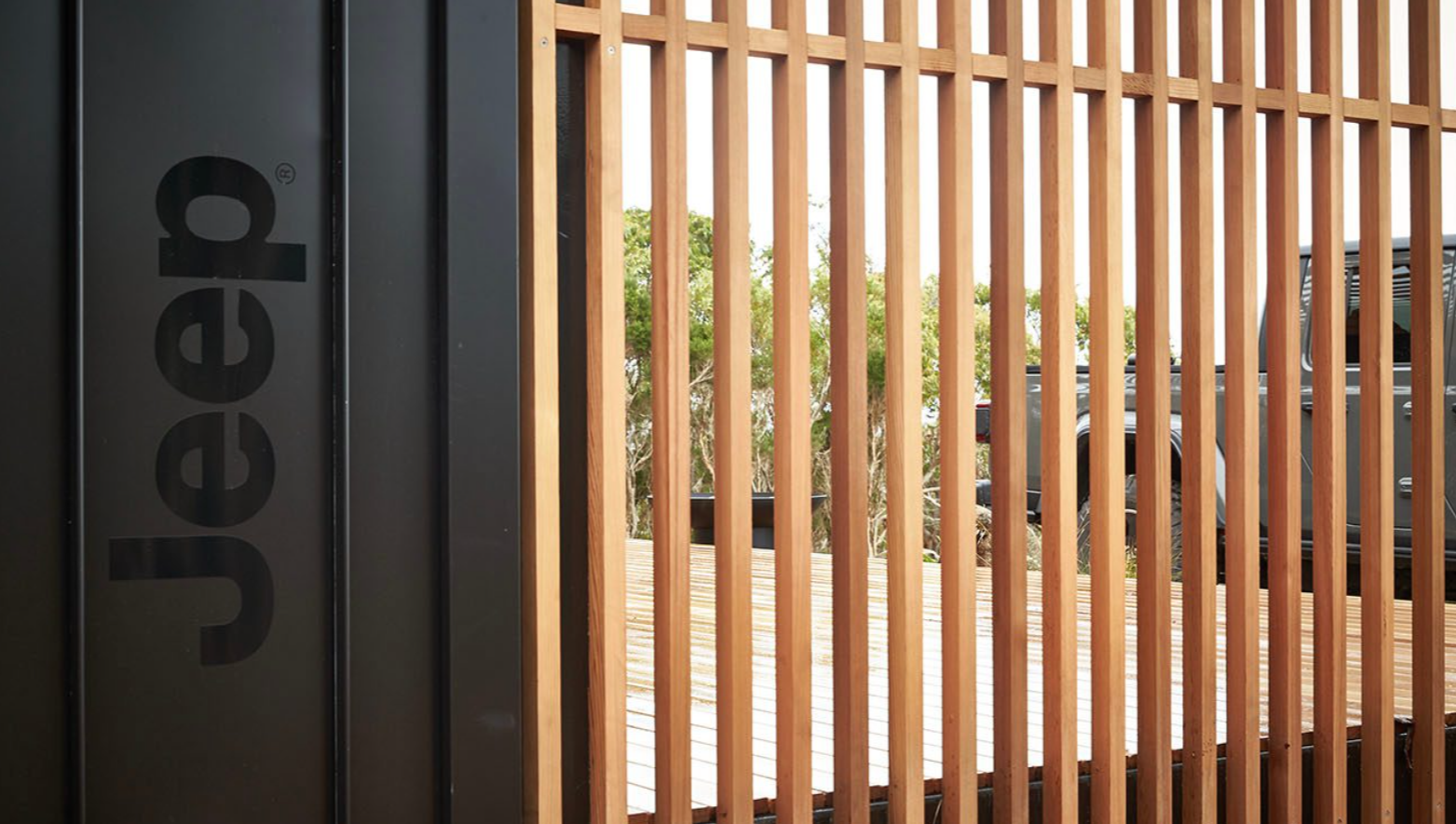Disconnect to Reconnect
“Idea evolution is like biological evolution on steroids.” Dave Chen, Google’s Director of Engineering
The pace of the world is experiencing growth at an exponential rate, a rate that we’re not biologically accustomed to, and it’s only going to get faster.
While the current rate of change is overwhelming, Dave Chen, Google’s Director of Engineering notes that 20 years from now, the rate of change will accelerate to 4x what it is now. Humans who once competed on biology, now compete for ideas i.e. cultures, strategies and technologies:
– Companies compete for top talent. Employees compete for open positions.
– Employees compete to move up the corporate ladder.
– Companies compete for investors. Investors compete for the best startups.
– Companies compete against each other via their products and services.
– Scientists compete for publication, citation, awards, and funding.
– Everyone competes for attention.
Attention is Currency
The growing oversupply of information has turned user attention into the world’s most valuable commodity. Rather than demanding our attention, people are looking to engage with brands that add value to their lives, and if brands aren’t creating a positive impact in their exchange, people will disconnect.
In this new paradigm where our world order is constantly changing and things are about to take off even faster, we’re curious, how do humans disconnect to reconnect? Where do humans go to recharge and what role do brands play in the way human’s recharge their batteries?
What Brands Are Doing
The landscape of experiential is also changing at an accelerated pace and brands are looking for ways to give customers a moment of respite through IRL experiences.
Our friends at Jeep Australia built a high-tech recluse space in remote Tassie to showcase quality design while #WFFH aka Work Far From Home. The adaptable living system is fully loaded with SunPower Solar Panels and fitted with Tesla power-walls so that you can stay online while you’re working off-grid, encouraging Aussies to lean into adventure while embracing new ways of working remote.
Metricon is a brand that creates our ultimate sanctuary of respite, our very own home. Inspired by Australian landscapes, coastal bungalow, urban breeze and country luxe, the naming convention of their Lookbook speaks to the desires of today’s customer.
The local team at Unyoked stands against the cult of productivity as they offer off-the-grid tiny Aussie cabins with tiny carbon footprints – an escape from our world of connectivity to a place where less is more.
Experiences offering (DIS)Connection
If our aim is to design digital and physical experiences that truly empathise with our audiences, then our goal should also be considering how we gift them with space and comfort at a time they truly need it.
Playful Graphic + Design
2021 Design Trends predict humans will be drawn to brands that breed positivity, playfulness and vibrant colours and patterns in their designs. Notably, things that invoke a sense of calm to remedy the chaos that individuals may face.
Digital Mindfulness
Non is a sensory digital experience and meditation app that puts you in control of the pace of your experience. Non encourages mindfulness beyond the screen and practices the art of active listening in a deepened state of consciousness.
Texture over Text and Green Time over Screen Time
Humans are being drawn to organic fabrics as means to create a psychological connection with nature, and brands are creatively using such materials to increase comfort. Whether it is Carlsburg’s laser-cut branded plywood sculptures or the use of cork in experiential art via The Black Horizon, it’s an effective strategy for brands today.
Soothing Environment Design
Research shows spending just 20 minutes in a green or marine nature environment can dramatically reduce stress. Spending time with nature sounds / videos or decorating your home with furnishings reminiscent of high density green and blue natural environments can have a similar effect.
The use of such materials in environmental design and curation that are ‘of the natural world’ creates an opportunity for brands to connect with their audience at a time when mental well-being is considered more than ever before.


